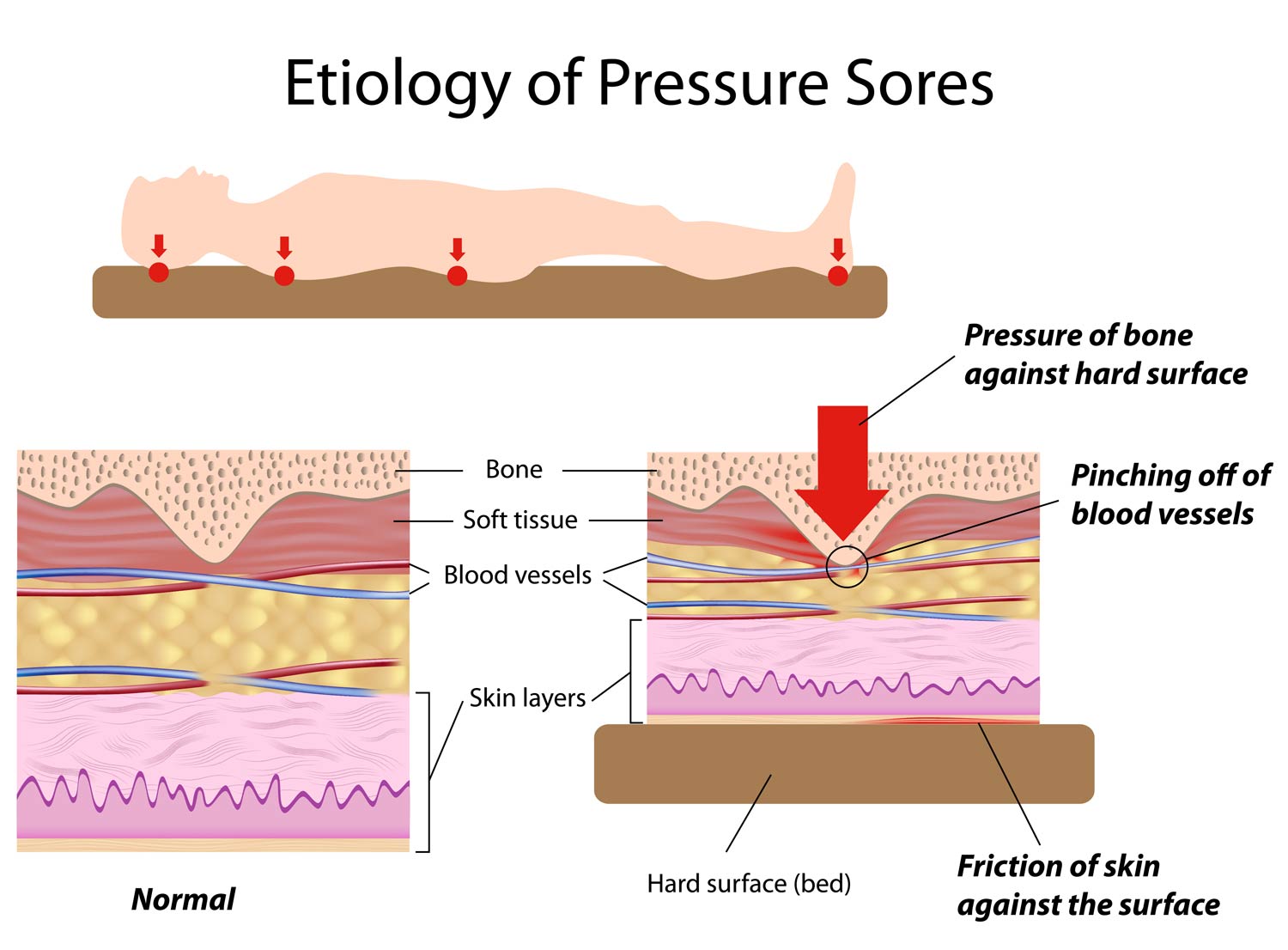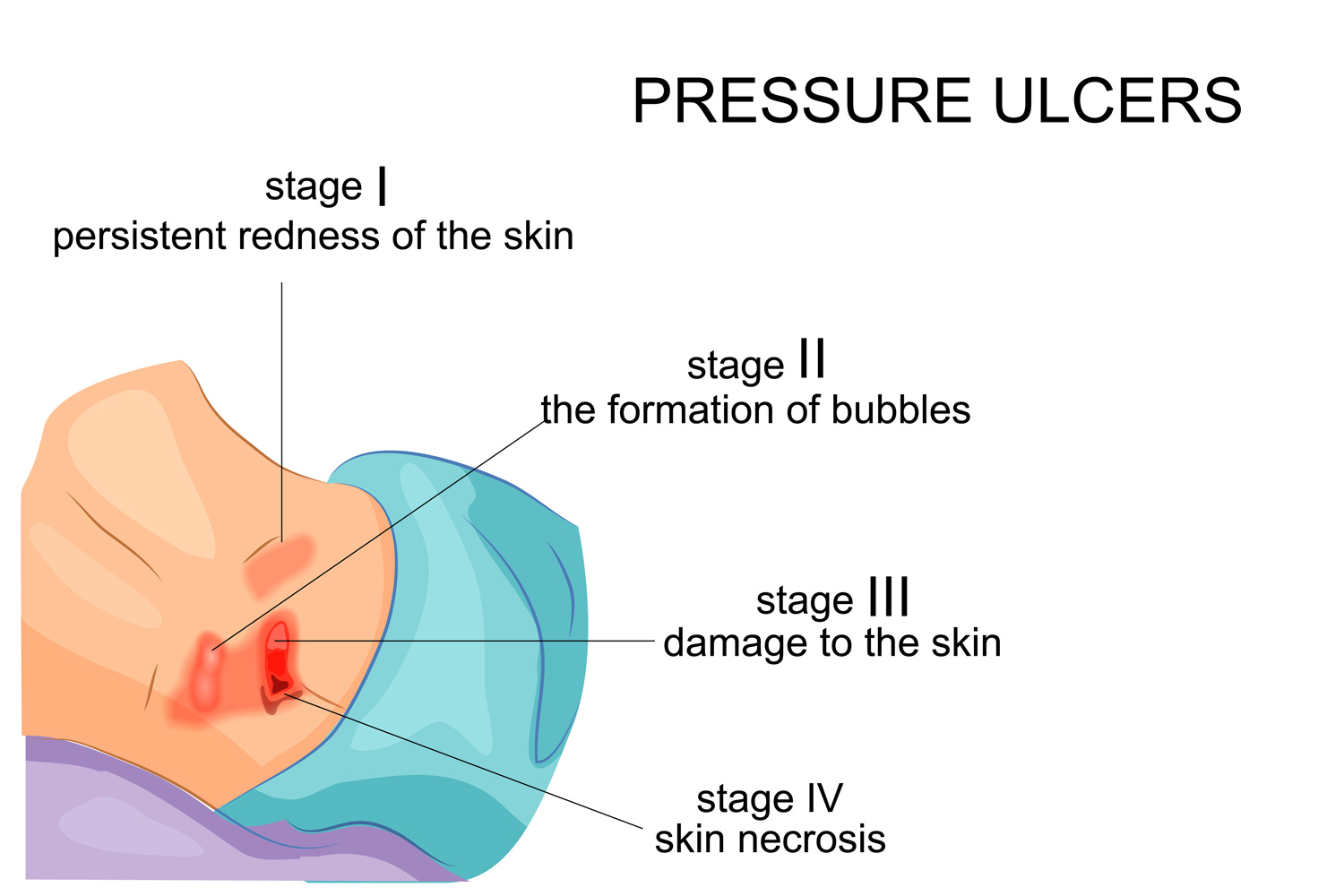Bed sores, also known as pressure ulcers or decubitus ulcers, are injuries to the skin and underlying tissue that can occur when a person remains in one position for an extended period. They are most common among individuals who are bedridden, have limited mobility, or are otherwise unable to reposition themselves regularly.
Bed sores are caused by prolonged pressure on the skin, which cuts off the blood supply to the affected area. This can happen when a person lies or sits in the same position for too long, or when an object such as a cast or splint puts pressure on a specific area of the skin. The lack of blood flow causes the tissue to die, leading to the development of a bed sore.
Complications From Bedsores Can Be Serious
Complications from bed sores can be serious, and can include infection, bone infection (osteomyelitis), and tissue death (gangrene). In severe cases, bed sores can even lead to amputation or death.
Nursing home residents are particularly at risk for developing bed sores due to their age, limited mobility, and underlying health conditions.
It is important for nursing home staff to regularly reposition residents and check for signs of bed sores, as well as provide proper care and treatment for any sores that do develop.
To prevent bed sores, individuals should avoid remaining in the same position for too long and should regularly reposition themselves or be repositioned by a caregiver. Proper support and cushioning, such as a special mattress or pillow, can also help prevent bed sores by reducing pressure on the skin. Good hygiene, regular skin checks, and prompt treatment of any sores that do develop can also help prevent complications.
Stages of Bedsores
Bed sores, also known as pressure ulcers or decubitus ulcers, are areas of damage to the skin and underlying tissue that can develop when a person is confined to a bed or chair for an extended period. These sores typically form when there is constant pressure on one area of the body, cutting off blood flow to the skin and underlying tissue. Bed sores can range from mild to severe, and they are classified into four stages based on their severity.
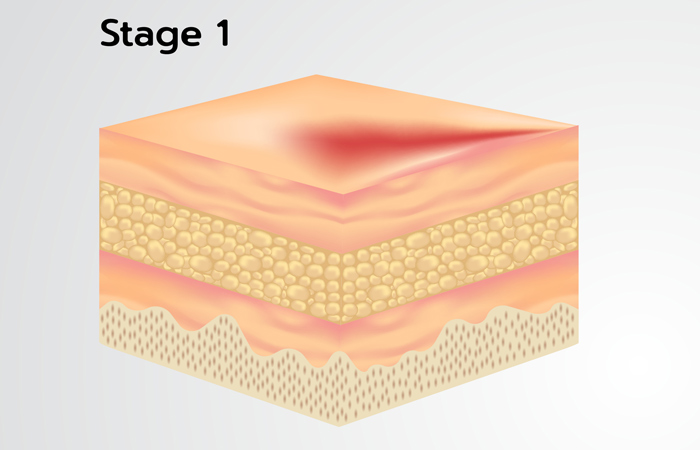
Stage 1
The first stage of a bed sore Is characterized by redness or discoloration of the skin, as well as warmth and swelling in the affected area. The skin may also feel tender to the touch. At this stage, the bed sore is reversible and can be treated with proper wound care.
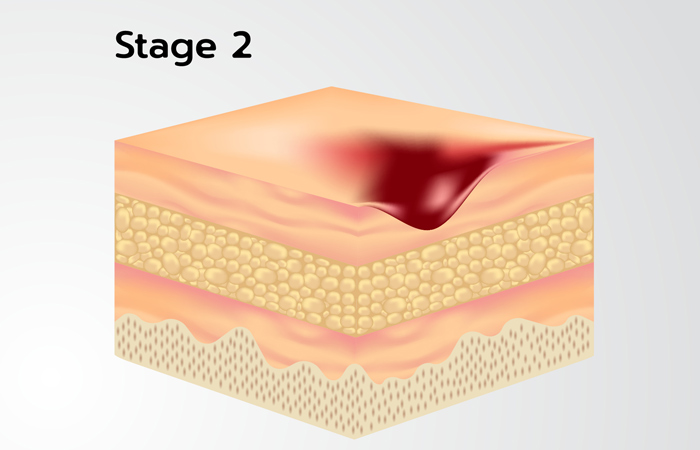
Stage 2
The second stage of a bed sore Is more severe, and the skin may break open and form a shallow ulcer. The ulcer may be pink or red in color, and there may be some drainage from the wound. At this stage, the bed sore is still treatable, but it will require more advanced wound care.
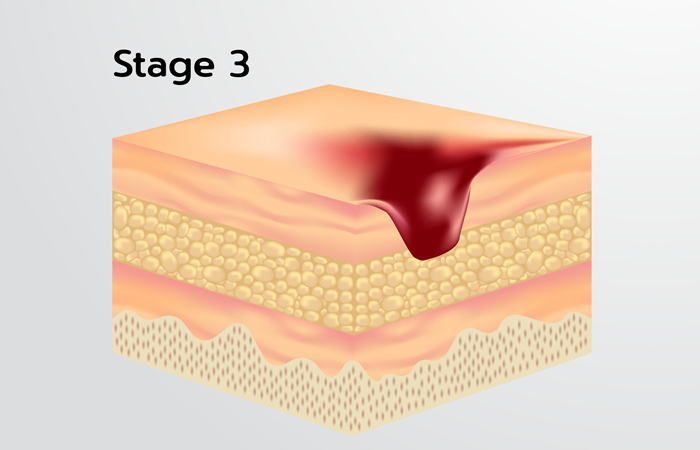
Stage 3
The third stage of a bed sore Is even more severe, and the ulcer may extend down to the underlying tissue. The ulcer may be deep and pus-filled, and there may be a significant amount of drainage. At this stage, the bed sore is more difficult to treat and may require surgery to heal.
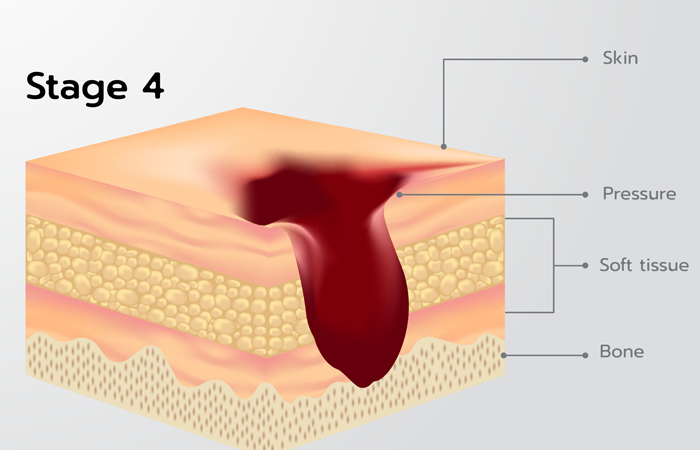
Stage 4
The fourth and final stage of a bedsore is the most severe. At this stage, the ulcer may extend down to the muscle and bone, and there may be significant tissue death in the affected area. This stage of a bed sore is extremely difficult to treat, and it may require extensive surgical intervention to heal. In some cases, amputation may be necessary to prevent the spread of infection.


